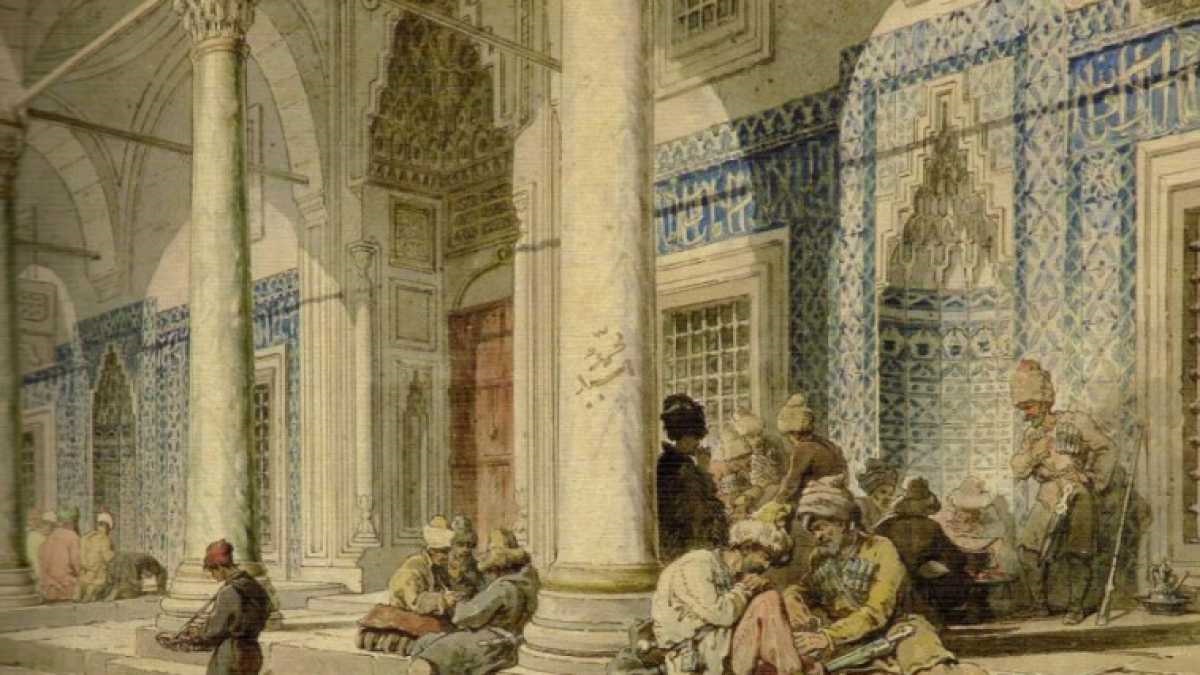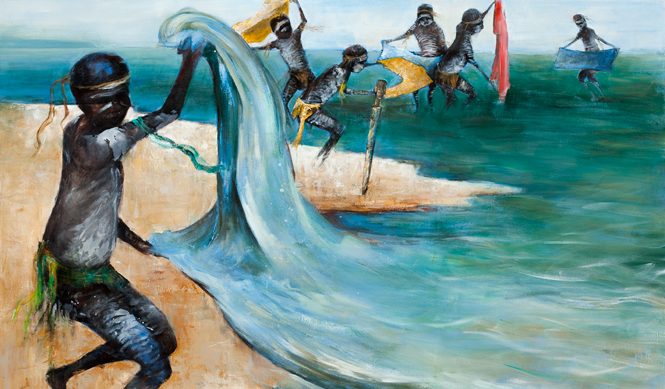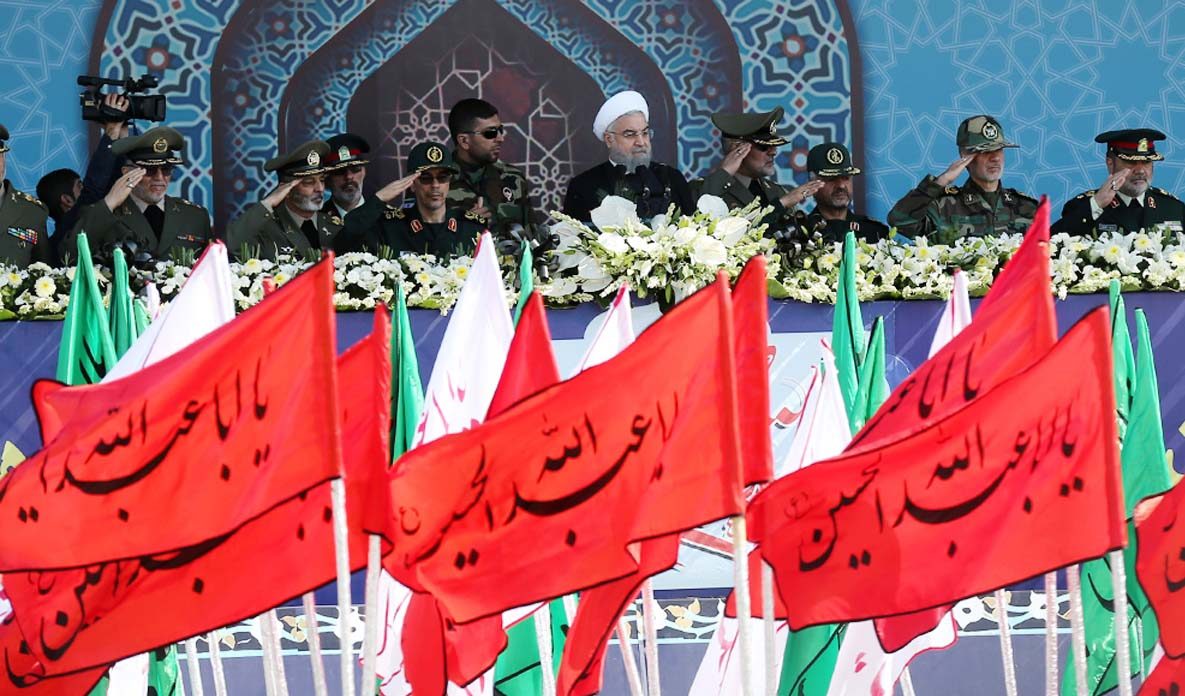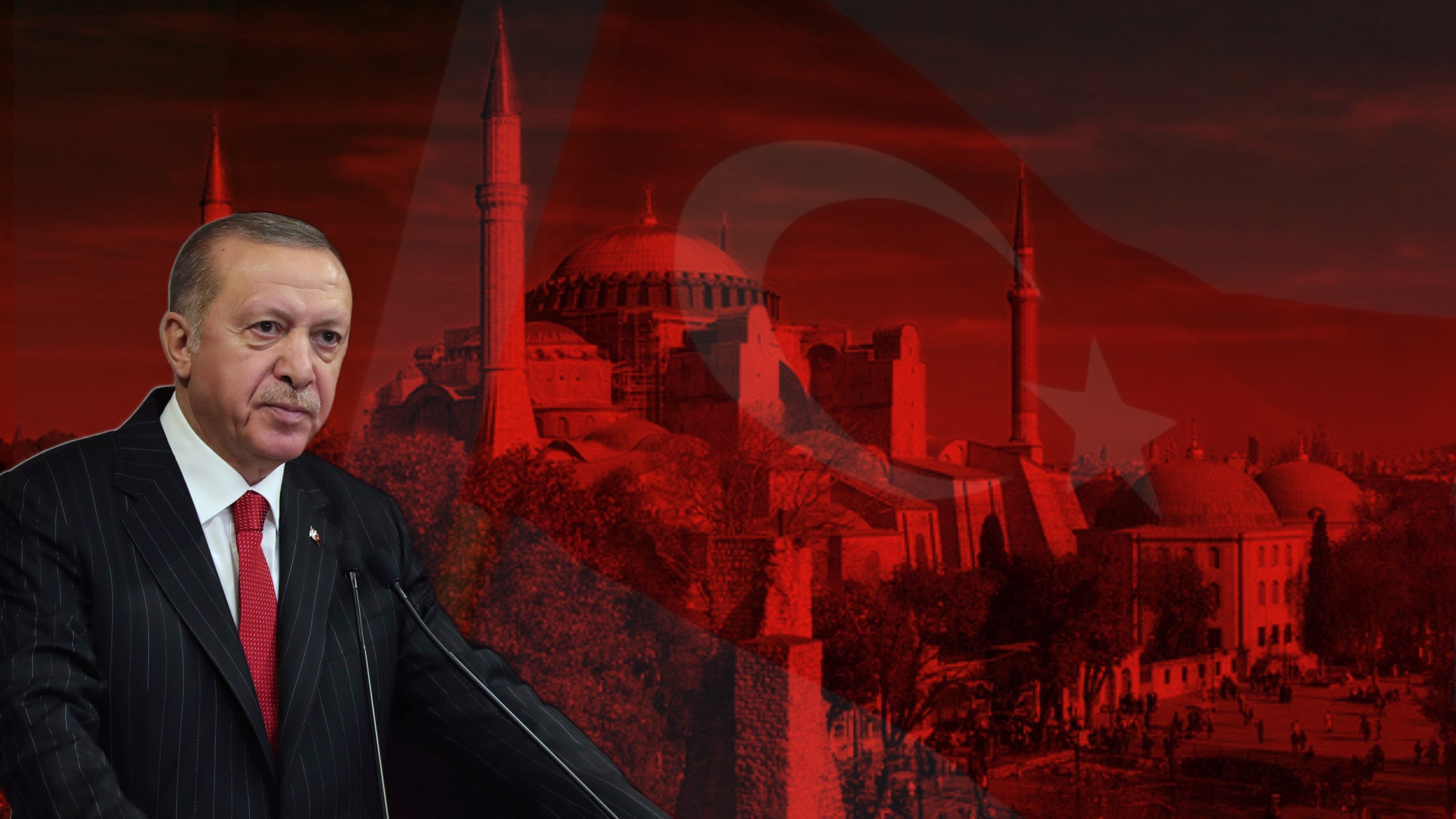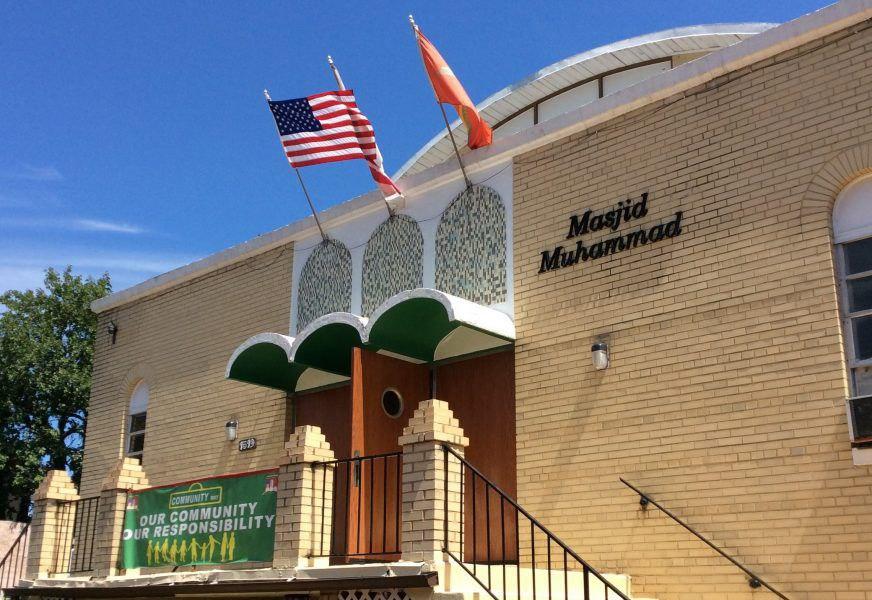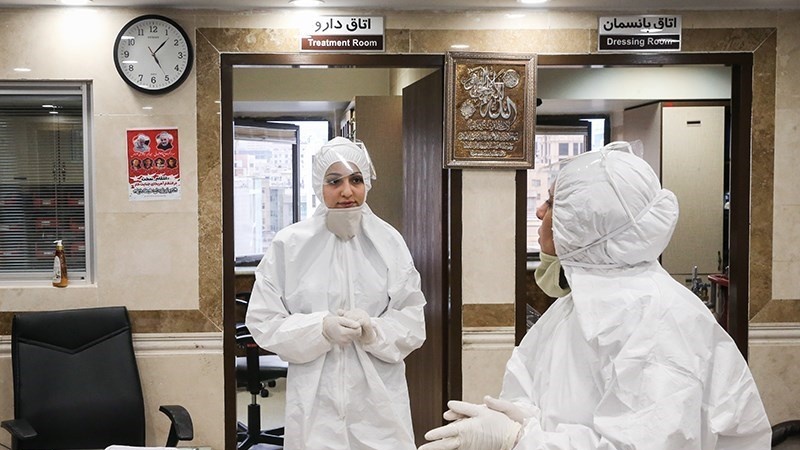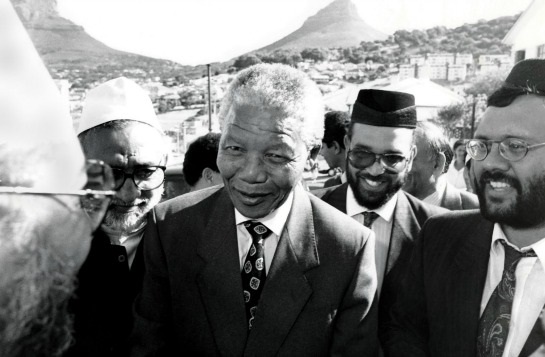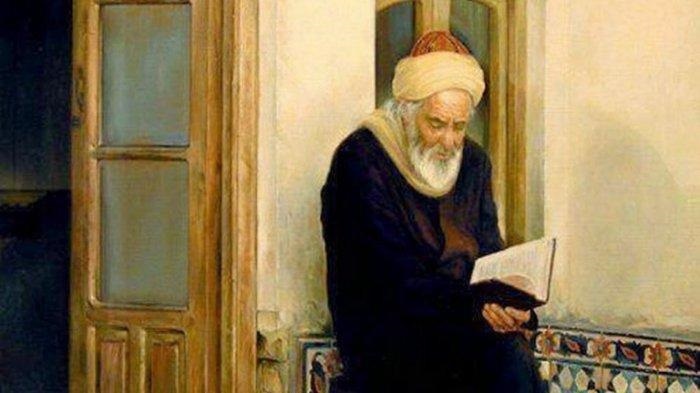From various libraries that existed in the early centuries of Islam, historians divide it into three types of libraries, namely public, semi-public and private libraries. Public libraries are usually associated with schools, high schools or mosques. Semi-public library, only open to one particular or selected group. While private libraries, as they are called, are owned by scholars for their personal needs. These three types of libraries are widely available throughout the Islamic world.
Syalaby’s work, quoted by Mehdi Nakosteen, provides a partial list with descriptions that meet all three types of Muslim libraries in history of muslim education. Public libraries listed are Baitul Hikmah, the Haidari Library in Najaf, the Khazanah Sabur Darul Sawwar Library in Basrah, then the Darul ‘Ilm library owned by ash-Syarif ar-Radi, the az-Zaid mosque library, the Darul Hikmah Library in Cairo, and other famous school libraries.
The greatness of the library is recorded in many records. Ibn Sina (Avicenna, 980-1037) for instance reported that the royal library of Sultan Nuh Ibnu Mansur could be used freely. The library is one of the many libraries opened by the caliphs and the prime minister (wazir). Ibn Sina mentioned,
“I found there were lots of rooms filled with books arranged in rows of lined boxes. One room is divided for philological works and Arabic poetry, another for Fiqh works and so on. Books about a field of science have one separate space. I checked the catalog of ancient Greek writers of people and names that were known and that I had never seen before.“
The large libraries have catalogs of their collections. The as-Sahib Library is reported to have a catalog of 10,000 volumes. The collections are freely accessible by everyone. The respect of library owners to scholars who care to use it is very clear. Like Ibn Abbad who not only permitted his famous library freely, but also gave 1,000 dirhams and a set of clothes to each scholar to encourage knowledge and scholarship.
The Hamdaniyyah library in Syria owned by poet Ibnu Hamdan, has been opened to all students and paper is given free of charge to poor scholars, as well as to the library of Adud ad-Dawlah in Basrah, has been opened to scholars. People who “read and write there received a scholarship. Judge in Nishapur, Ibn Hibban (d. 965) left his home in the city together with a library and residence, for foreign students and provided wages for his care.
In the city of Marv, many libraries are very cheap to lend their collection of books. Geographer Yaqut al-Hamawi (1178-1229) stated that during his three years in Merv, his house was never empty of the 200 volumes of books he borrowed from the library. He borrowed the books without dependents, even though the books were worth 200 dinars.
He noted the experience in his geography book; “Certainly I will not leave the city to death because of the many people, kindness, generosity, and solidarity of the people and many important books there. Because if I leave it, it’s the same as leaving ten libraries that help a lot by giving a number of books, which I have never seen before … in a library of about twelve thousand volumes (leather-covered books).“
Merv became a city that had important libraries, such as the Kamiliyyah library, Syaraful Mulk Mustawfi, Nizamul Mulk, Amiddiyah, Mydul Mulk, Khatuniyyah, and the Damir monastery library.
In Cairo, al Hakim’s library (the House of Science), a library built for research purposes by the Caliph al-Hakim, located in the high school he built in 1004, has a large collection of books with one estimate that seems exaggerated, which is 1,600,000 volumes.
Al Hakim gave everyone the right to enter regardless of their social status. Anyone who wants to read may access. There are even special facilities for poor students, supplied with a set of stationery and paper to record or copy the books he wants.
Chalips al Hakim provided a budget of more than 200 dinars each year for the maintenance of the library; for paper costs for copyists, paper, ink and pens for students, repairing damaged books, and library staff salaries.
There are actually many other records that describe the luxury, splendor of ancient libraries that stretch from Baghdad to Nishapur. Baghdad in the turn of the thirteenth century and the decades before the Mongols destroyed the great cities and their contents. Thirty-six libraries were active at that time, with facilities that were not much different from each other. In Spain and Sicily, there were more than seventy libraries in their respective types.
Among the libraries, the al-Fadhil library which was established by Sultan Saladin, and its management was surrendered to a judge named al-Fadhil. The al-Ma’arif Library, founded by al-Ma’arif scholars, contains thousands of books from each branch of science. Beautiful sentences written on the back cover of each volume which tell about the state of their contents and on each volume of the books. Al-Ma’arif himself also wrote comments and explanations in the medical science books in the collections. Then, the Baitul Hikmah library (House of Knowledge) was founded in 998, by the Caliph Fathimiyyah, al-Aziz (975-996), which contained no less than 100,000 volumes, possibly as many as 600,000 volumes of books, including 2,400 of the Qur’an decorated with gold and silver stored in a separate room.
Many workers were employed in the library, such as librarians, copyists, and binders working in the Scriptorium. It has done by the Khalifah al-Hakim library in Cordova which contained 600,000 volumes of books. Some libraries spend up to 1,000 gold dinars every month for funds for librarians, bookbinders and copyists.
Destruction Period
How valuable the libraries that were at that time, until then the anger and war completely destroyed everything. The Islamic library in Tripoli was destroyed by Crusaders. The great library of Sultan Nuh Ibnu Mansur was completely burned down, after Ibn Sina (Avicenna) had finished his research there. Libraries in Samarkand and Bukhara also pick up the same destiny.
The al-Hakim library was destroyed by Turkish soldiers, after they conquered the local authorities. The Turkish army then separated the cover of the book with its contents, then they made their shoes from the cover of the book made of leather with good quality. They stacked the contents of the book and then burned it all down. Now, the location of the burning book mountain is known as “Hill of the Books”.
What is unique is the note of Prince Ben Fatiq’s library, which was destroyed by his own wife shortly after his death, because of revenge. Assisted by a slave, the wife of the late Prince Ben Fatiq plunged all the books into a large pool. In Spain, in 1492 thousands of Arabic books were burned, along with the expulsion of the Moors by the Christian Prince.
Some of the books were burned, some were looted. As was done by Philip II, who kept the spoils of manuscripts in his famous Escorial. He looted books from Moroccan boats.
Out of an estimated 8,000 books, only 1,824 are left, now stored in Escorial. And finally, the most frequently discussed book destruction event, was when a group of Mongols and Tartars invaded the city of Baghdad, they burned down all the existing libraries.
The destruction of the Islamic libraries was recorded as a marker of permanent damage to the world of science and education in the world. Not much left afterwards, when compared to the whole amount. Of the few, among them are in the control of libraries in the West, and some copies are inherited by universities in the Middle East, and Islamic boarding schools in Indonesia today. In the pesantren, copies of the existing books continue to be studied, discussed, memorized, and commented to this day, as a legacy of the great civilization of Islam.
It obviously took time to rebuild a library similar to an ancient library in Islamic history. But as long as there is intention, it’s all just a matter of time.
Translated from the amazing article on https://islami.co/ragam-perpustakaan-dalam-sejarah-islam-dan-nasibnya-kini/ written by Bagus Sigit Setiawan on 4 February 2020.
![Islami[dot]co](https://en.islami.co/wp-content/themes/jambualas/images/logo.png)
